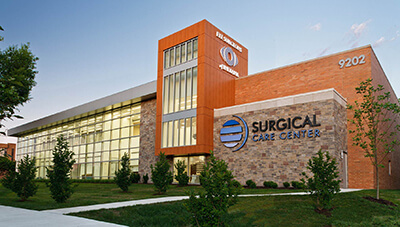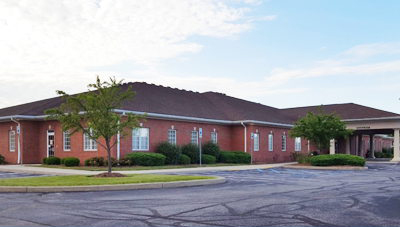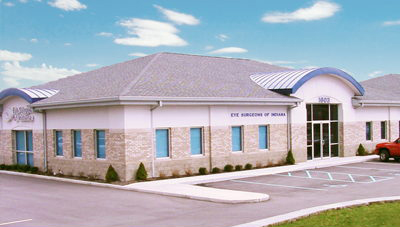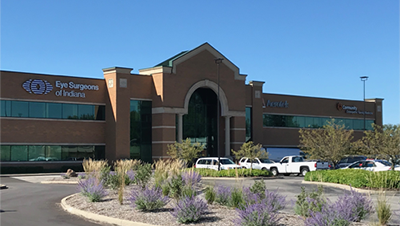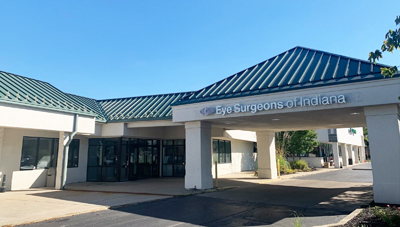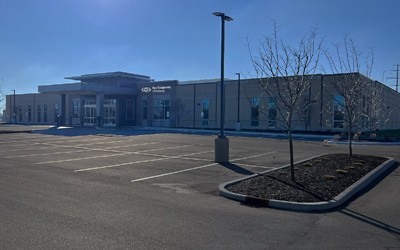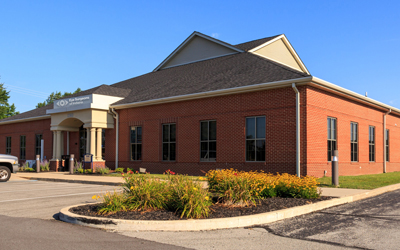What Happens During PRK?
Posted by: Eye Surgeons of Indiana in PRK
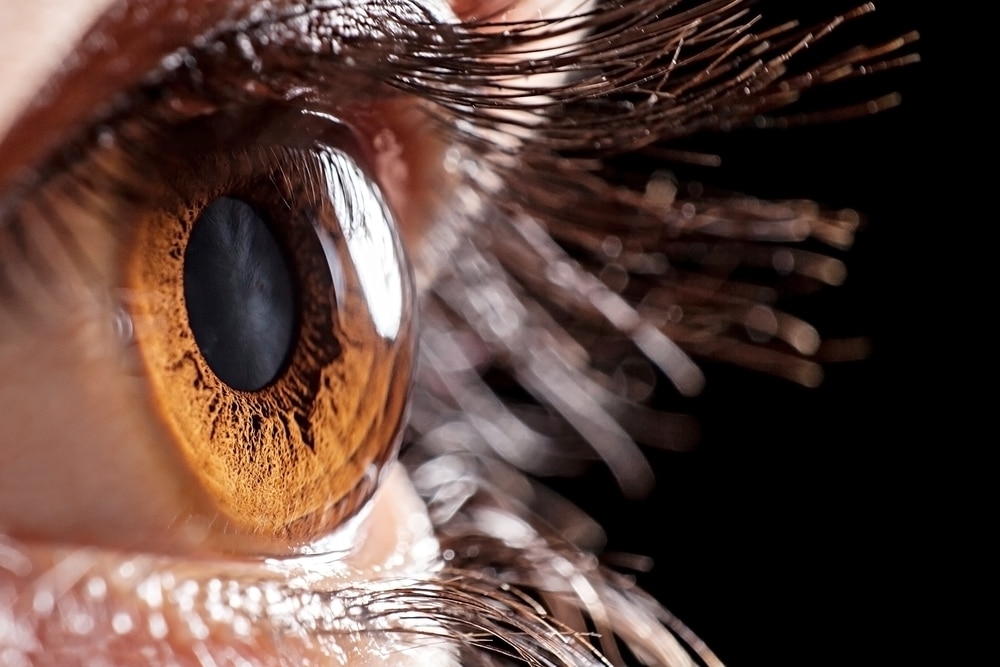
Nearsightedness, farsightedness, and astigmatism are common vision problems that affect people of all ages. These refractive errors occur when the shape of your eye causes light to bend improperly when traveling through the eye, resulting in blurred vision.
If you deal with the hassle of wearing glasses or contact lenses to see clearly, you may wonder if laser eye surgery could be right for you. One type of laser vision correction is photorefractive keratectomy, also known as PRK.
This procedure aims to permanently reduce dependence on visual aids like glasses and contact lenses by reshaping the clear front surface of the eye called the cornea. Keep reading to learn more about PRK, including what happens during the procedure!
What is PRK?
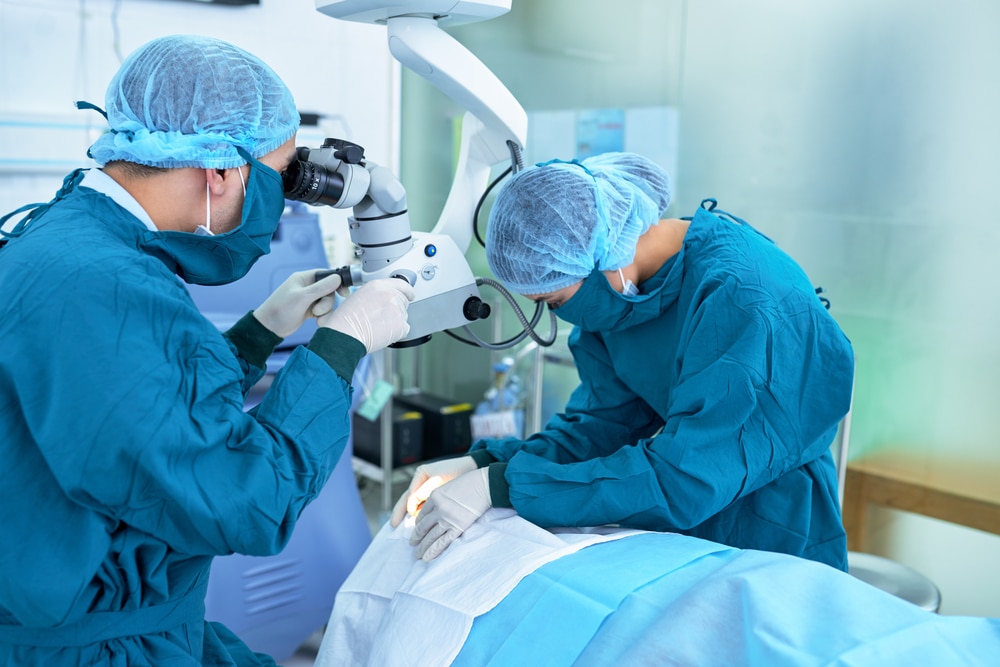
PRK is a type of laser eye surgery that aims to correct vision problems caused by refractive errors like nearsightedness, farsightedness, and astigmatism. During this procedure, a trained ophthalmologist uses a laser to reshape the cornea, which is the transparent outer layer of the front of the eye.
This allows light to focus properly onto the back of the eye, called the retina, and corrects your refractive error. With a newly shaped cornea bending light correctly, images appear crisp and sharp instead of blurred.
Unlike other refractive procedures of decades past that involved making incisions in the cornea, PRK relies on computer-controlled lasers for more precise and accurate results. By removing microscopic amounts of corneal tissue, PRK has effectively reduced dependence on visual aids for many patients.
What Are the Steps of PRK Surgery?
PRK is performed on an outpatient basis and generally takes less than fifteen minutes. While the patient experience will vary, the basic steps of the surgery include preparation of the eye, reshaping of the cornea with a laser to correct the refractive error, facilitating recovery of the corneal epithelium, and follow-up care to ensure vision improvement and proper healing.
Before PRK Surgery
To determine if you are an appropriate candidate for PRK, your doctor at Eye Surgeons of Indiana will conduct a series of tests during your refractive surgery consultation. This includes scans to map your corneas along with measurements of yourrefractive error prescription, and overall assessment of your ocular health.
During this exam, your pupils will be dilated with medicated eye drops to allow better examination of your lenses and retinas. You will also discuss the risks, benefits, and alternatives for your specific vision needs.
If you are confirmed to be a good candidate for PRK, you will be able to schedule the procedure.
Day of PRK Surgery Prep
On the day of your procedure, anesthetic drops will be applied to numb your eyes to ensure you are comfortable. Just before the procedure, an instrument will be used to gently keep your eyelids separated and eyelashes out of the way.
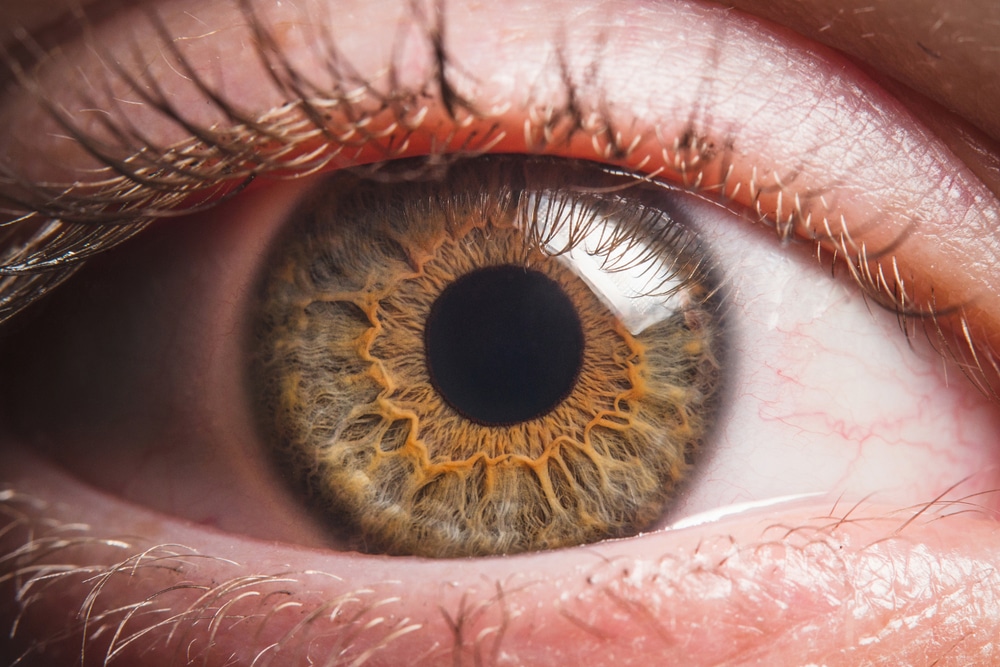
Reshaping the Cornea
During PRK, the epithelium, the outermost layer of the cornea, is removed to allow access to the underlying corneal tissue. Next, a laser precisely reshapes the cornea by removing microscopic amounts of tissue in a controlled pattern based on your prescription.
The laser delivers quick pulses of energy that smoothly reshape the cornea without causing damage to surrounding structures.
After the Laser
Following laser treatment, the newly smoothed surface of your cornea will allow proper light refraction. Once you have healed from the procedure, your cornea’s new shape will allow light to bend appropriately in the eye and land on the retina, producing clear vision.
A soft contact bandage lens will be placed on your eye to protect the healing cornea.
Healing and Recovery
During the PRK healing process, you may experience light sensitivity, tearing, and blurry vision as the epithelial tissue regrows. The contact lens bandage will be removed after a couple of days once the epithelium has healed.
Your doctor will require you to use medicated eye drops frequently for up to a couple of months after the procedure to control inflammation, prevent infection, and help the eyes heal properly as vision steadily improves. It is essential that you see your doctor at Eye Surgeons of Indiana for any scheduled follow-up visits and follow all instructions precisely.

Results and Follow-Up Care
Although vision improvement is typically seen within the first few days to weeks after PRK, complete visual stabilization may take up to six months. Once healing is complete, you can enjoy enhanced vision from the correction of nearsightedness, farsightedness, and astigmatism with reduced dependency on glasses or contacts.
Continued annual eye exams are recommended to assess the health of your eyes and ensure your PRK results remain stable long-term.
Are The PRK Results Permanent?
The vision correction achieved from PRK is considered permanent because the procedure reshapes the cornea. Once the corneal tissue is altered by the laser, your cornea cannot revert to its original shape.
However, it is important to understand that while PRK permanently changes the cornea focusing power, the natural aging process of the eyes continues over time. If vision regression related to aging occurs in the years following PRK, an enhancement procedure may be warranted to touch up the results.
Do you want to learn more about PRK or determine if you might be a good candidate for the procedure? Schedule an appointment at Eye Surgeons of Indiana in Indianapolis, IN, today!

